Technology makes our lives easier, more advanced, and definitely more interesting. Leading companies and new start-up businesses all over the world are constantly creating new gadgets, applications, and software. It’s exciting to see what ideas take off and helpful to learn from the strategies that tanked. Here are the top 15 top failures in technology ranging from virtual melted cities, a privacy policy that scared away users, and government attempt at monitoring censorship on the Internet Although each experience temporarily knocked down a company, these failures often helped build a business back up stronger than it was before.
(15) Apple Maps 
When Apple released its map app, some users stuck with their generic maps while others went head on into the 3D virtual maps. The pretty cover act lost in the end when users found a few glitches in the system. Some include cars melting into a road on the Las Vegas strip, missing lakes, and a leaning Eiffel Tower.
(14) Facebook Goes Public 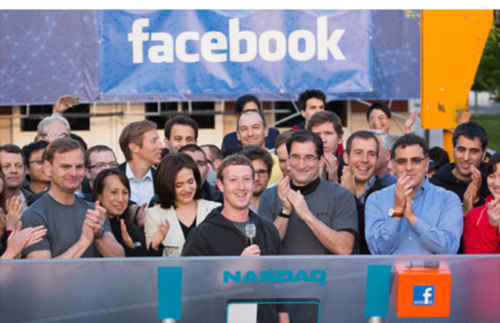
Wall Street was supposed to roll out the red carpet for Facebook’s Initial Public Offering in May 2012, but the stock hit the market at $38 and closed the day at the same price. In later weeks, the stock dropped to $18 while the company was said to be worth $104 billion dollars.
(13) BlackBerry 10 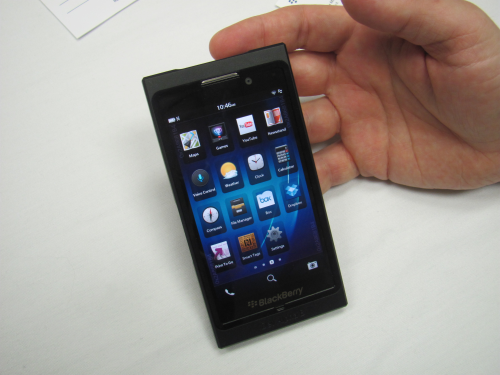
It’s safe to say that BlackBerry is third in the running for most popular smartphone after being far surpassed by its older siblings Android and iPhone, so one would think that BlackBerry would do all they could to catch up. When released, eight months late, the BlackBerry 10 sold 10 million fewer phones than previous older models.
(12) Google Nexus Q 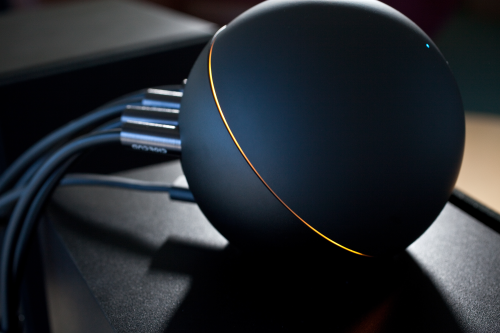
Google Nexus Q is a famous flop in the music and movie streaming category. It only ran with YouTube and the Google Play store and the crazy price of $299 only offered a way to stream movies, videos, and music on your television. Google Nexus Q sales were halted a month after the official announcement, even before it hit the market completely.
(11) Instagram’s Privacy Policy 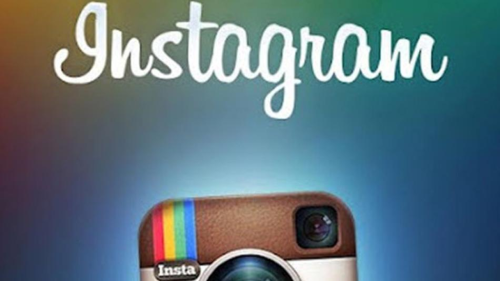
At the end of 2012, packs of Instagram users deleted their accounts on the free photo-filtering app after a new privacy policy scared users into thinking their photos and usernames would be sold to advertisers and sponsors with no compensation. Their unclear and vague language angered loyal users and a reassuring explanation and apology were issued to calm down remaining fans.
(10) Groupon Inc. 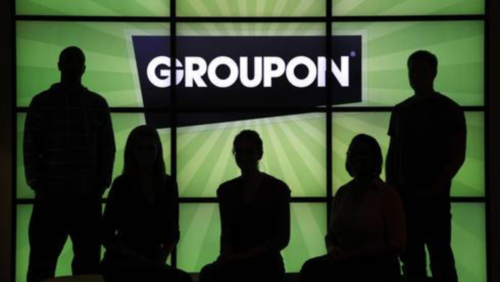
Since its launch in 2008, Groupon seemed like a great way to get deals and packages for places around you. However, after their IPO in November 2011, Groupon saw a significant drop in its stock’s price, going from $20 to $4.54 due to slow growth rate. Two years later, Groupon announced that co-founder and CEO, Andrew Mason, was fired.
(9) SOPA 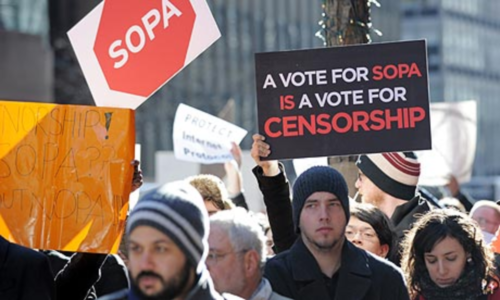
The Stop Online Piracy Act was an act filed by U.S. Representative Lamar Smith to potentially abolish all copyright violations on illegal downloading blogs and websites. When the internet world got a hold of the news, they rallied. On January 18, 2012, Wikipedia and Reddit went black and Google created a 7 million signature petition. SOPA was officially postponed on January 20, 2012.
(8) Facebook Phone with Facebook Home
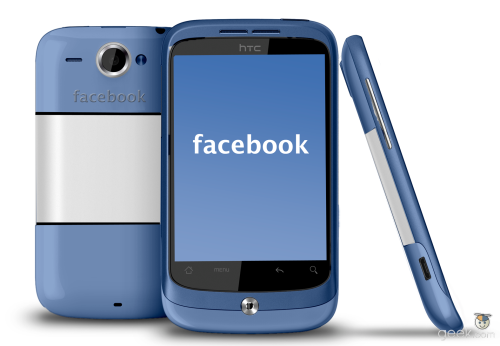
The Facebook Phone launched in April 2013 featuring the new pre-installed Facebook Home, allowing users to see their friends’ updates and photos as soon as they turned it on. AT&T and HTC were the first carriers to pick it up sell it for $99, but by May 2013 they were selling for $0.99 until they decided to discontinue the phone entirely.
(7) Microsoft Windows Vista 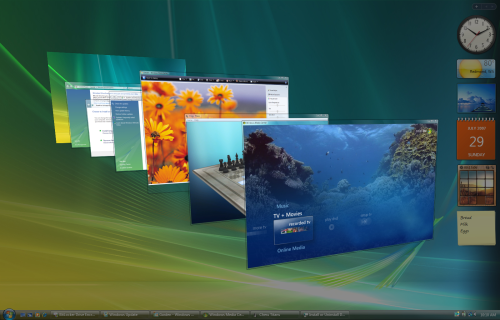
In January 2007, Microsoft released Vista, a new operating system that simply made users realize how much better Windows XP was. Vista was too slow; with 50 million lines of code, it had an extra 25 million more than the Windows XP. It was infamous for not being compatible with various software programs, causing IT departments to completely avoid it.
(6) Segway

When it was released in 2002, the Segway was talked up quite a bit. Head inventor Dean Kamen, once said “[Segway] will be to the car what the car was to the horse and buggy” and expected to hit the one million sale mark faster than any company in history. Turned out that with a $3,000-$8,000 cost of one, Segway only sold 30,000 units.
(5) MySpace 
From July 2005 to April 2008, MySpace was the most popular social networking website until Facebook’s launch. But the decline of MySpace could also be blamed on a number of other issues: It had a bad reputation with sexual predators, spam, too much user control of profiles, and bad design that lead to its pitfall.
(4) Google Buzz 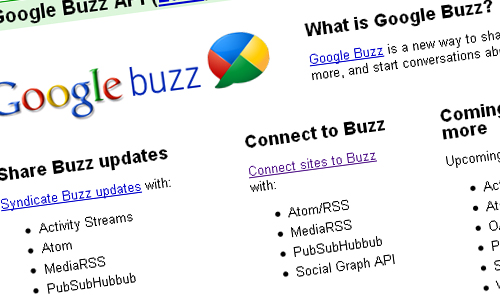
For a few months at the end of 2011, Google Buzz was just another hopeless competitor to social networking tycoons Facebook and Twitter. Google Buzz worked through Gmail and allowed users to post statuses, photos, videos, and links (sound familiar?). One weak spot for Buzz was the privacy policy, which revealed full profiles and contacts of users by default.
(3) HD-DVD
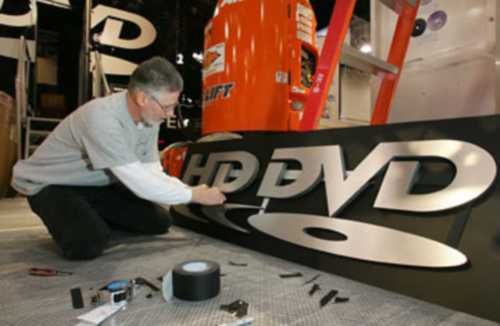
HD-DVD is a classic case of a pointless product launch into a monopoly market. In 2008, Toshiba released the high-definition DVD player and discs, but years before Blu-Ray Disc Association developed a system of its own. HD-DVD had just as many titles as Blu-Ray and even had a lower cost for disc production, but they kept slashing prices making customers skeptical.
(2) Palm Foleo
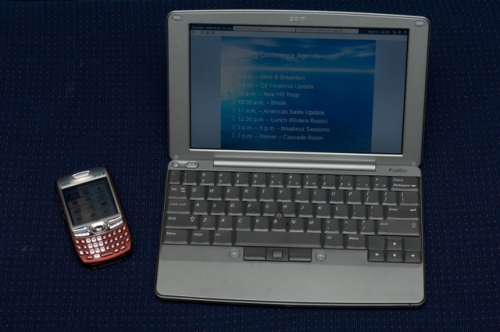
In competition with the low price, excellent battery, and accessible connecting ability of the Asus Eee, the Palm Foleo was only on the market for a few months in 2007. It allowed for the PalmOS to be viewed on a larger screen with a bigger keyboard making it easier to process messages and e-mail.
(1) Apple Power Mac G4 Cube
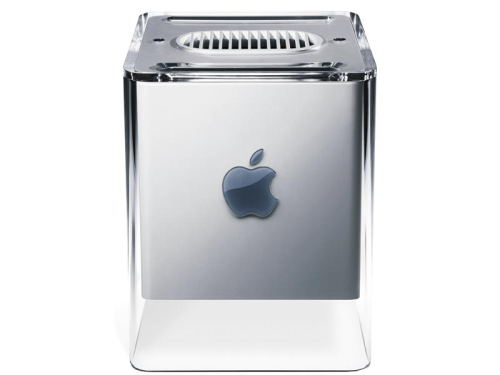
Launched in 2000 looking like a perfect device to fit into the millennium, the Apple Power Mac G4 Cube was a $2,000 processor, which sold separately from its screen and speakers. It sounded like a perfect futuristic purchase until customers discovered that cracks lined the surface over time. Damages and outrageous prices took a hit to Apple’s stock and the product closed a year later.
The top flops in technology history will always stay in our minds for future products and software developments. Companies learn from past mistakes and take results and feedback into mind when producing more ideas. As Steve Jobs once said in an interview in 1994, “You have to be willing to fail [and] you have to be willing to crash and burn… If you’re afraid of failing you won’t get very far.” This list of daring inventions and releases exemplifies the risk and confidence it takes to survive and bounce back in the technology industry.
Advertisement
Learn more about Electronic Products Magazine





